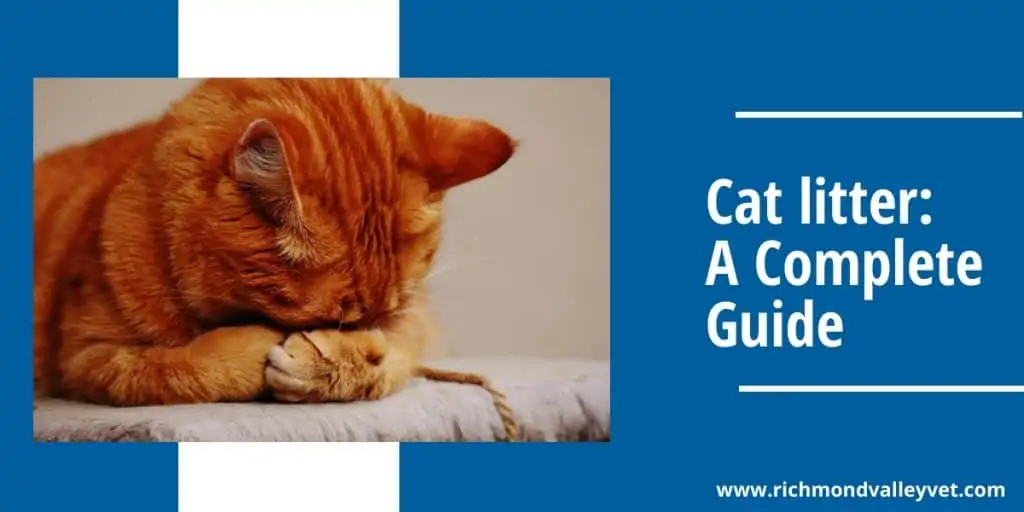
Choosing a cat litter box, the litter and cleaning up the mess: all these tasks can be a bit overwhelming for cat owners. However, if you break up the tasks and invest some time, maintaining cat litter and ensuring optimum health of your kitty can be easy at it sounds.
This cat litter guide features a list of factors ranging from choosing the litter box to cleaning cat litter.
Choosing the litter box
Choosing a cat litter box can be a tricky task. You need to consider factors like the box type, your cat’s age, preferences, and convenience.
For instance, if your cat loves privacy, you might want to get her a hooded litter box. Additionally, consider the size of the cat, bigger the cat, bigger should be the litter box to prevent any chances of spillage.
Choosing the litter type
It is ideal for a new or experienced cat lover to experience with the litter types out there to find the one that aligns with your feline’s poop preferences. Some of the popular litter types are as follows:
Clay cat litter: clay cat litter is affordable and easy to find option. This cat litter is an effective option that requires to be changed often.
Clumping cat litter: clumping cat litter is another variant of the clay cat litter, but clumps when it is wet. This easily cleanable litter is ideal for adult cats as with the kitten the possibility of ingestion and subsequent internal clump formation are high.
Hemp pellet cat litter: hemp pellet cat litter is an advanced and affordable version that can be your best choice. This litter type is dust, pesticide, and insect resistant in addition to renewable and flushable.
We recommend filling the litter box with 2 to 3 inches of litter.
Lining the litter
Lining the litter with litter box liners will turn out to be a smart move when it comes to cleaning up the mess. The litter box liners are inevitable when using non-scooping litter as the chances of urine pool formation are more with these litter types.
Cleaning the litter
Cats are usually clean freaks, so we recommend cleaning the litter twice a day. This is where the litter liners can be advantageous. The clumping litter types are easy to clean as they form a clump when wet.
As far as the tray is concerned, clean it with an antibacterial soap solution and dry it out properly to eliminate the possibility of bacterial or fungal infection.
Maintaining the litter box
Maintaining the litter box is as important as all these tasks. Litter box/litter maintenance involves keeping the box clean, replacing the litter as necessary and placing the box in an ideal spot in your house.
Poor litter maintenance can compel your feline to disregard the box and eliminate in any other spots in your house form the corner of the room to your laundry basket. Keep in mind that cats are highly sensitive to smell and it is important to ensure that the litter box and litter does not stink.
Try out these cat litter tips and lets us know about your secret or exclusive tips to maintaining a clean and healthy cat litter.
